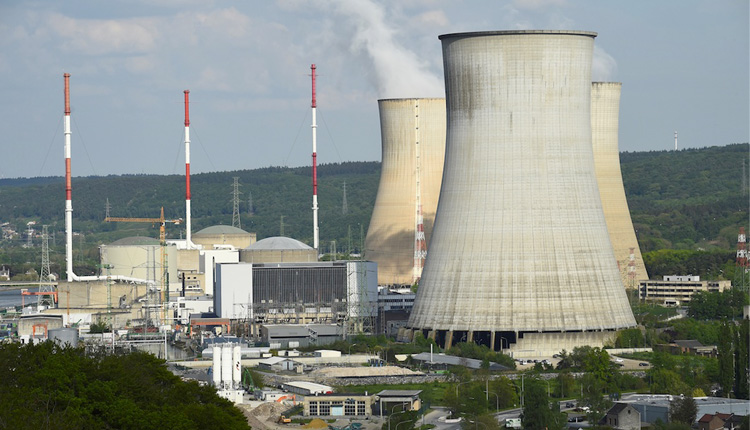The fear of being exposed to nuclear radiation is deeply ingrained in the public psyche. For myths that were historically spread, people simply assume that any exposure to ionising radiation is dangerous.
The health risks resulted from ionising radiation is minimal and not effective as commonly assumed. The fear of radiation was deepened inside the public’s mindset after experiencing the most frightening incidents in modern world history: the atomic bombings of Japan, and the nuclear accidents at Chernobyl and Fukushima. In fact, after checking most areas of the Chernobyl and Fukushima evacuation zones, they discovered that they have radiation levels no higher than natural background levels.
Radiation is present -usually in low levels- nearly everywhere, it comes mainly from natural sources, however in some situations it’s more likely that the public can be exposed to human-made sources. Hence, it becomes a necessity to know about these sources and their relevance for human health.
According to the United Nations Scientific Committee on the Effects of Atomic Radiation (UNSCEAR), “there are four major sources of natural radiation: cosmic radiation, terrestrial radiation, and intakes of naturally-occurring radionuclides through inhalation and ingestion.”
Moreover, the radioisotopes are much more widely used in industry and it’s a substantial component in the man-made radiation environment.
According to the World Health Organisation (WHO), “People are exposed to natural radiation sources as well as the human-made sources on a daily basis. Natural radiation comes from many sources including more than 60 naturally-occurring radioactive materials found in soil, water and air. Radon, a naturally-occurring gas, emanates from rock and soil and is the main source of natural radiation. Every day, people inhale and ingest radionuclides from air, food and water.”
The report also elaborated that human exposure to radiation also comes from human-made sources ranging from nuclear power generation to medical uses of radiation for diagnosis or treatment, adding that the most common human-made sources of ionising radiation are medical devices, including X-rays – which was presented In January 1896, by Röntgen.
Some ionising radiation can go through the earth’s atmosphere, and this will be considered as natural exposure, in addition to the composition of the earth’s crust which is believed that it is one of the main sources of natural radiation, taking into consideration that uranium and thorium are found essentially everywhere.
On average, we all receive between 2 and 3 millisieverts (mSv) of radiation every year, but this varies considerably around the world due to factors such as altitude and the composition of the ground,..etc. and if you lived near the nuclear power plant, you would receive an average radiation dose of about 0.01 mSv per year, while for instance the average person receives an exposure of 0.1 mSv from a single procedure of chest X-Ray.
Having the radioactive material into the environment saves lives, nuclear medicine helps doctors diagnose and treat tens of millions of people. Using radiation, such as X-rays, doctors can make, accurate non-intrusive diagnoses. That’s why the International Atomic Energy Agency’s (IAEA) standards provide a consistent, reliable means of ensuring the effective fulfilment of obligations under the conventions.
The standards are also applied by regulatory bodies and operators around the world to enhance safety in nuclear power generation and in nuclear applications in medicine, industry, agriculture and research.
Radioisotopes, which can be produced by commercial power reactors, are used as ’tracers’ in PET scans, which have proven to be the most accurate means of detecting and evaluating most cancers and can also cure cancer and other life-threatening conditions. There are numerous different treatment options, either using external or internal radiation, with the aim to control or eliminate the cancer by irradiating the area containing it.


